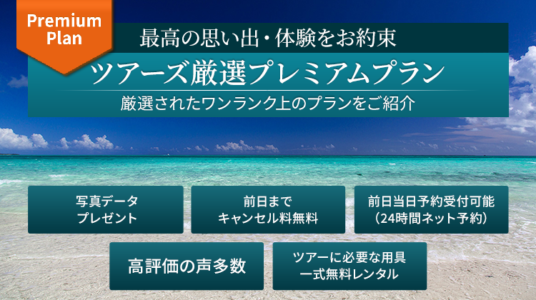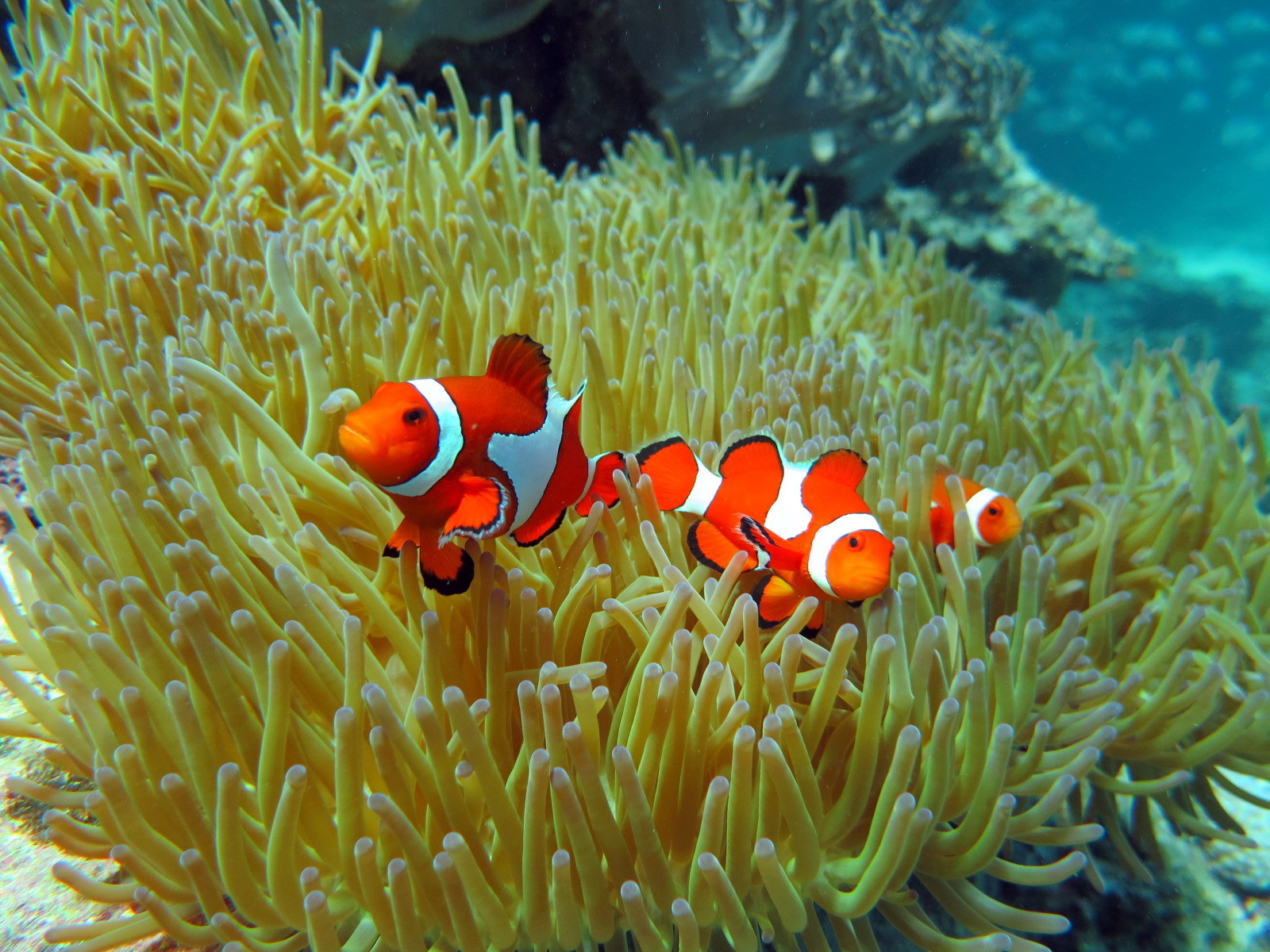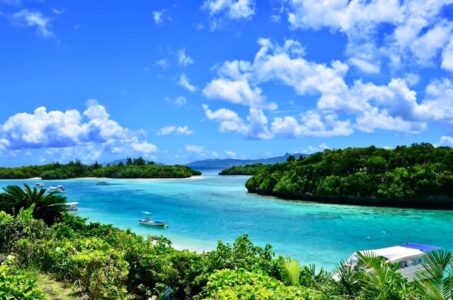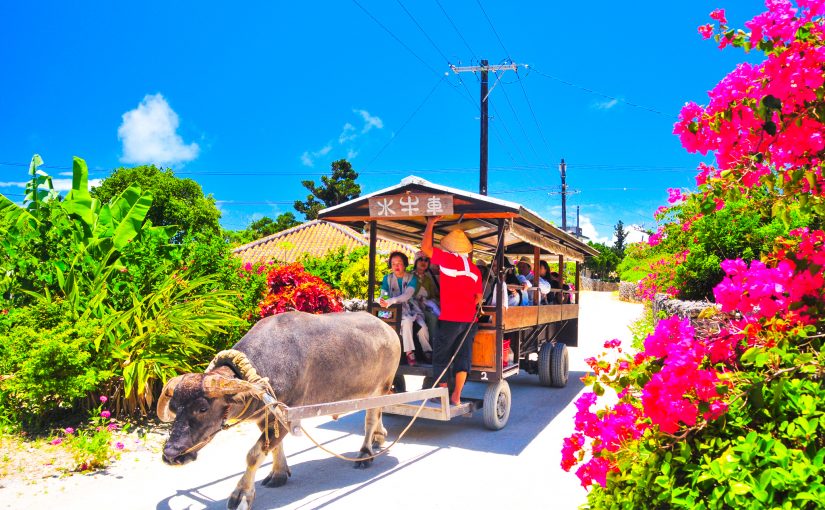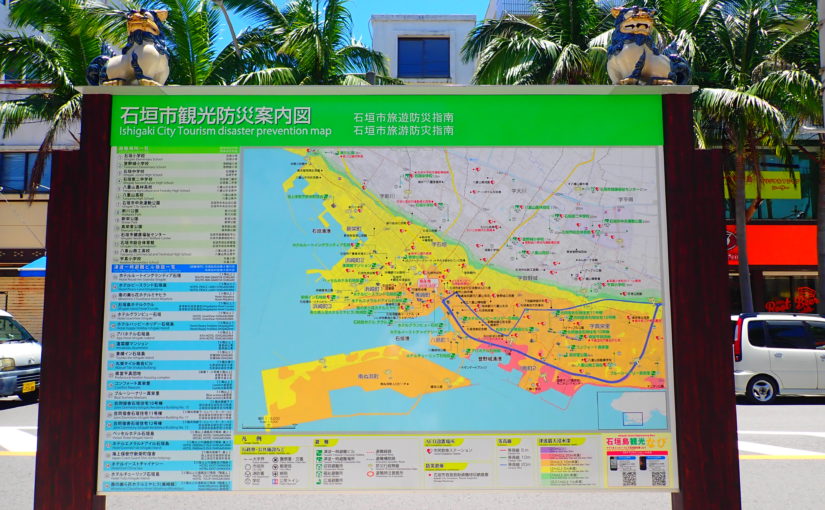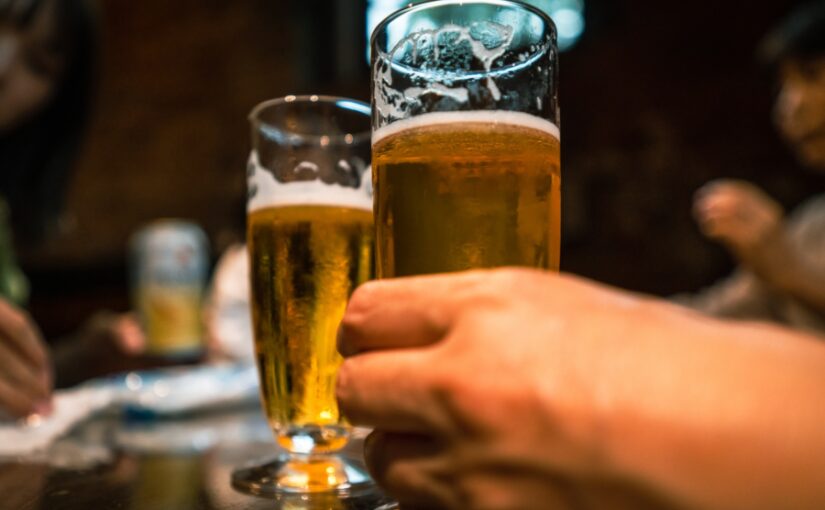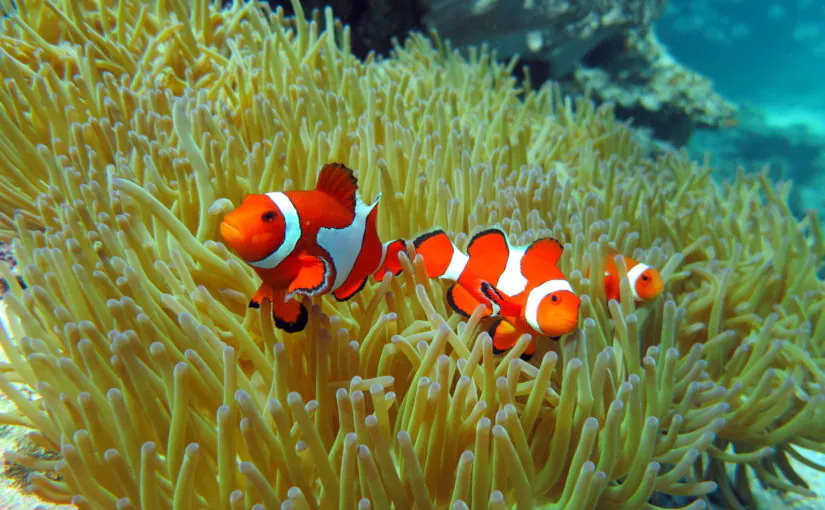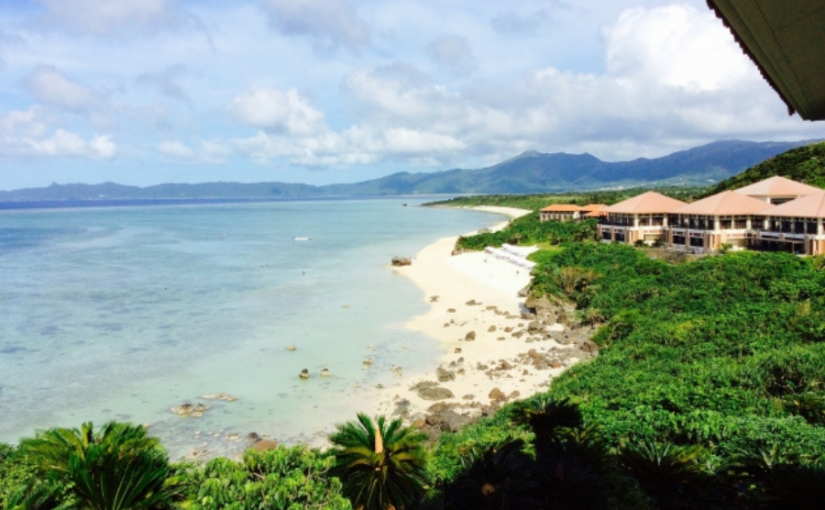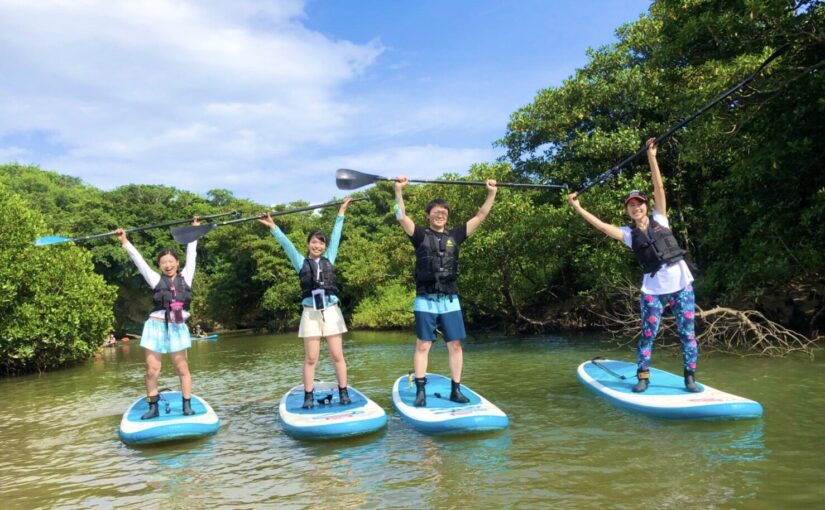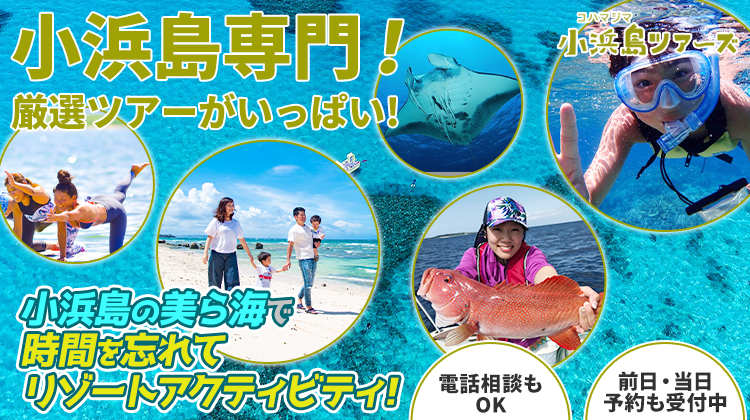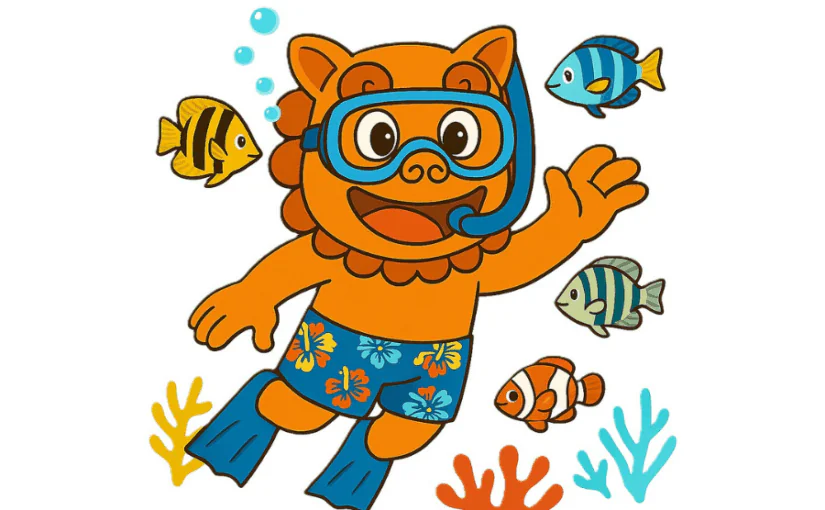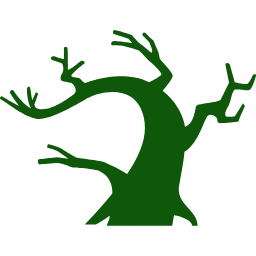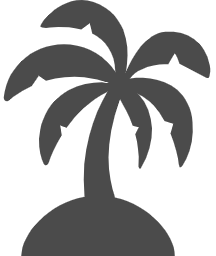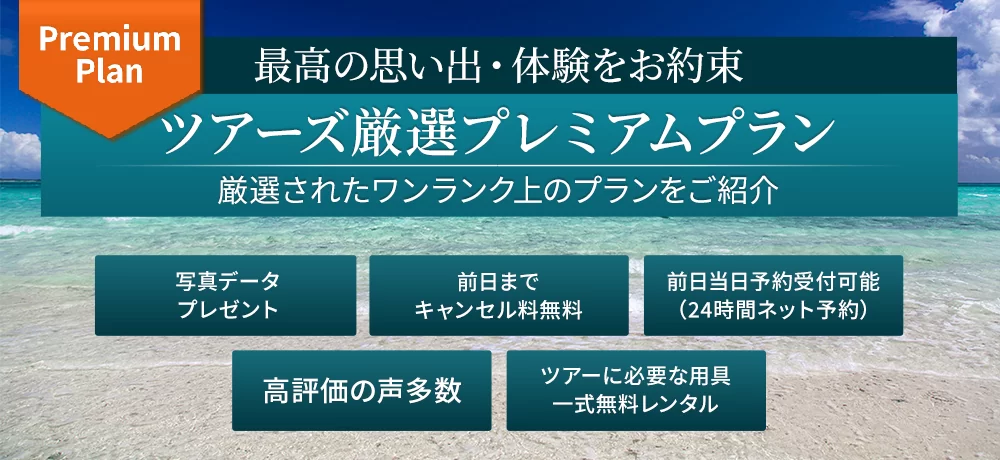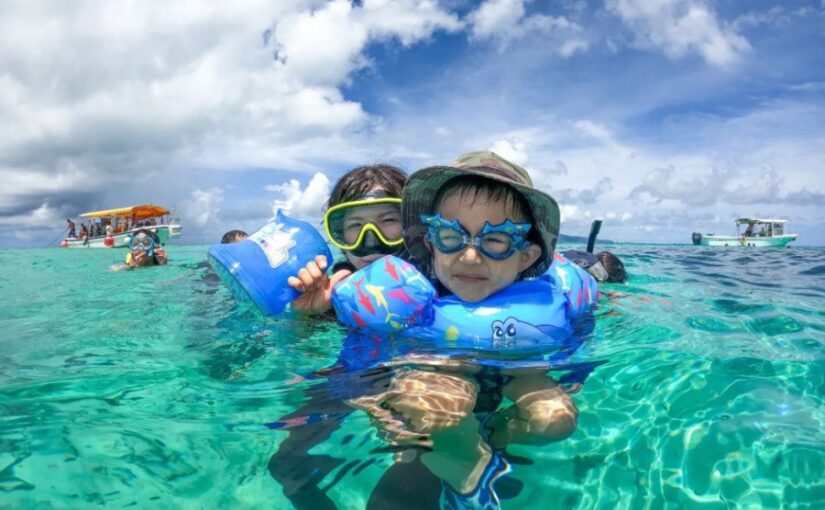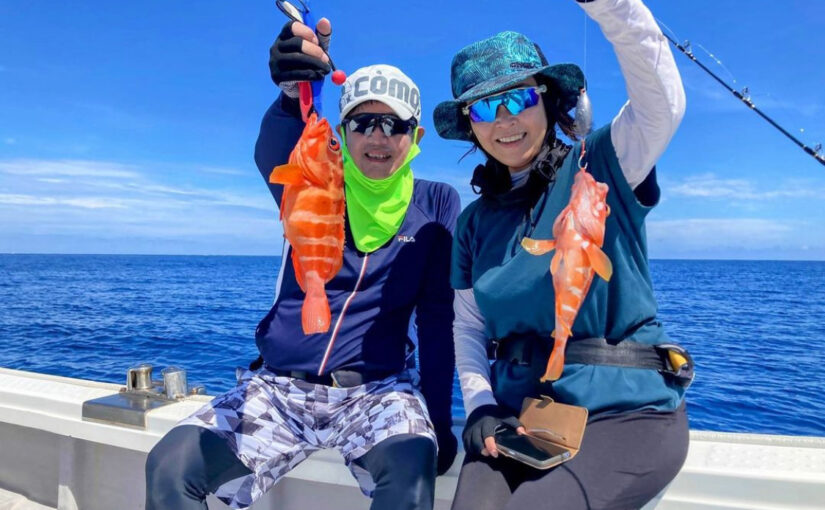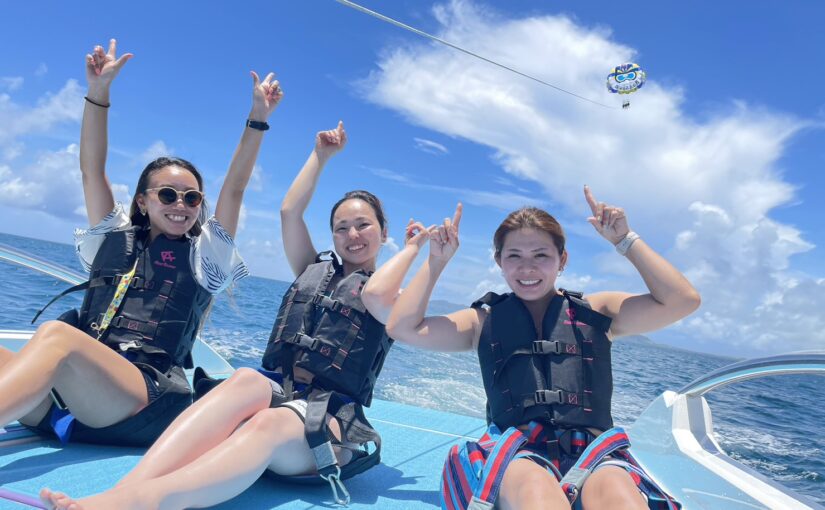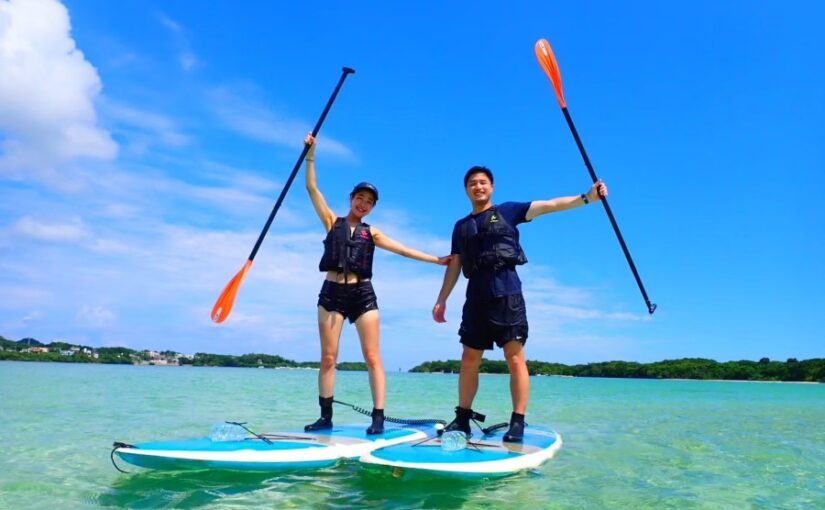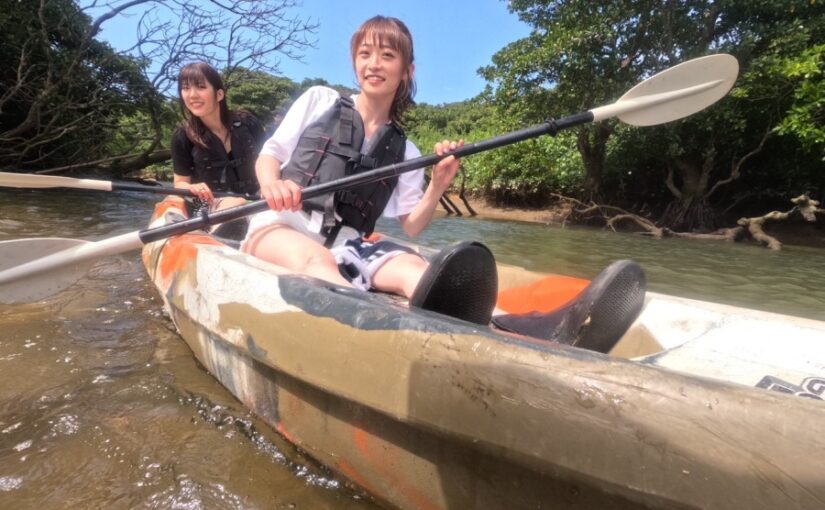Ishigaki Island Fish Guide|Species Found in Shallow Waters & Beaches and How to Enjoy Them
Table of Contents
- 1 Fish Species Found in the Shallow Waters and Beaches of Ishigaki Island The Charm You'll Want to Know First
- 2 Ishigaki Island Fish Guide: A Summary of Representative Fish Found at Beaches and Shallow Waters
- 2.1 Beginner's Guide: Common Fish Easily Found in Shallow Waters and Beaches
- 2.2 Ishigaki Island's "Blue Fish" Special Feature: Popular Species Glowing in the Sunlight
- 2.3 Fish species gathering around coral Aquarium-like scenery even in shallow waters
- 2.4 Fish Found in Rocky and Seaweed Areas Including Species Skilled at Mimicry
- 3 How to Enjoy Ishigaki Island's Fish: Beyond Just Looking, Experience to Learn
- 4 For observing fish in Ishigaki Island, snorkeling is recommended.
- 5 Fish in Ishigaki Island Become Even More Diverse When Diving The Difference from Shallow Waters
- 6 Not just for looking at—Ishigaki Island's fish can also be enjoyed at izakayas and as sashimi.
- 7 Points to Note and Etiquette for Viewing Fish in Ishigaki Island
- 8 Frequently Asked Questions (FAQ) About Fish Observation on Ishigaki Island
- 9 summary
Fish species found in the shallow waters and beaches of Ishigaki Island
First, the appeal you should know
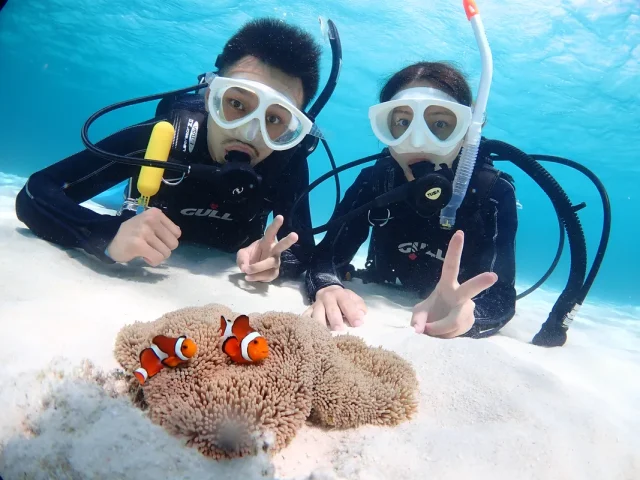
The waters around Ishigaki Island are exceptionally clear,Fish can be seen even in shallow waters and right near the beach.is a major attraction.
Even without snorkeling, just peeking underwaterColorful tropical fishYou may even encounter them, making it popular with those unfamiliar with the sea and families with children☆
First, let's introduce the types of fish commonly seen around Ishigaki Island in an easy-to-understand way, categorized by environment!
◆If you are considering a trip to Ishigaki Island
◆For those who want to safely enjoy fish observation in shallow waters and on beaches
◆Are you interested in snorkeling or diving?
◆For those who want to learn about Ishigaki Island's fish and marine attractions beforehand
Ishigaki Island Fish Guide
Common Fish You Can Encounter at Beaches and Shallow Waters
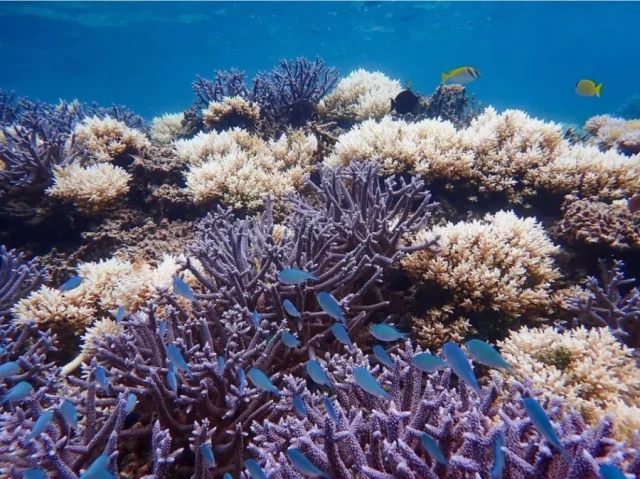
The shallow waters and beaches of Ishigaki Island boast an incredibly diverse array of fish species.
Even without snorkeling, just peeking underwaterFish typical of the tropicscan be found.
for beginners
Common fish easily found in shallow waters and beaches

Particularly common in the shallow waters around Ishigaki Island is,Butterflyfish and damselfishIt is.
These fish are relatively unafraid and often swim in schools, making them easy for beginners to spot.♪
Since it can be observed even within arm's reach,You can safely view the fish even with children in tow.
Conditions change depending on tidal currents and weather, so checking sea conditions on the day and implementing safety measures are essential.
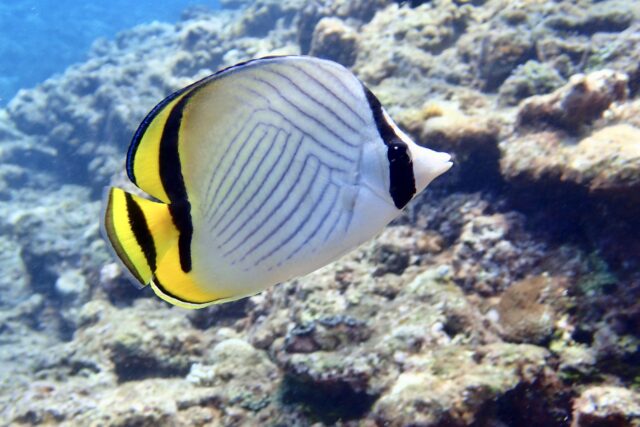
Characterized by its flat body and beautiful patterns, it is an iconic fish of coral reefs.
They are often seen swimming in pairs among the coral and are frequently spotted in shallow waters, making them ideal for beginners to observe.
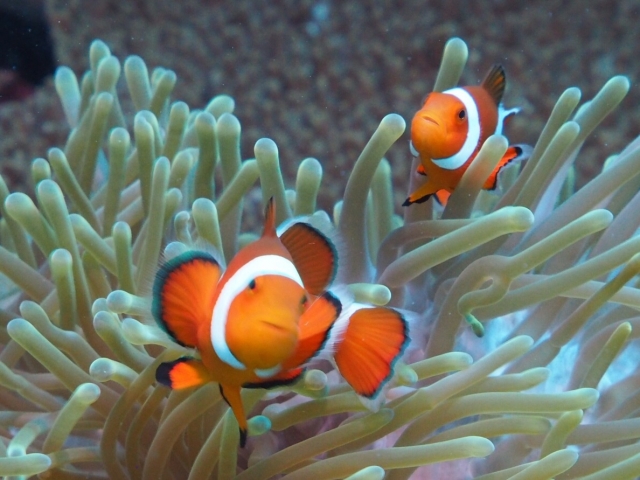
Known for its symbiotic relationship with sea anemones, it can be seen with high frequency in coral reef areas.
This fish tends to stay in one place and is relatively easy to observe even while snorkeling.
Ishigaki Island's "Blue Fish" Special Feature
Popular varieties that shine in sunlight
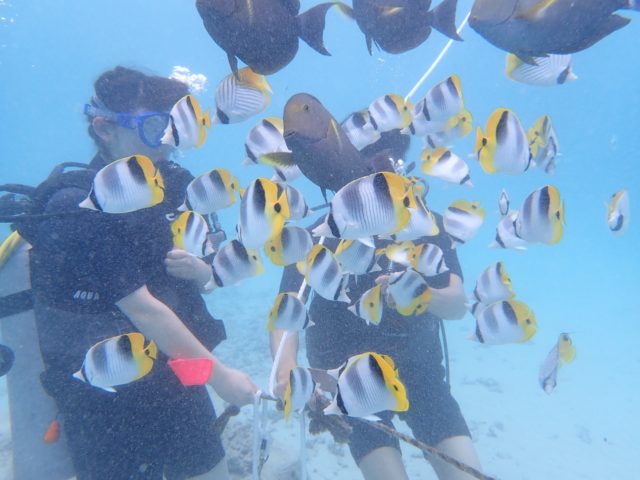
In the sea around Ishigaki Island,Fish shimmering blue in the sunlightare frequently observed.
The "Blue Fish of Ishigaki Island" is especially popular, strongly evoking the tropical seaside atmosphere.
Common blue fish you're likely to encounter while snorkeling in shallow waters or at beaches include the following species♪
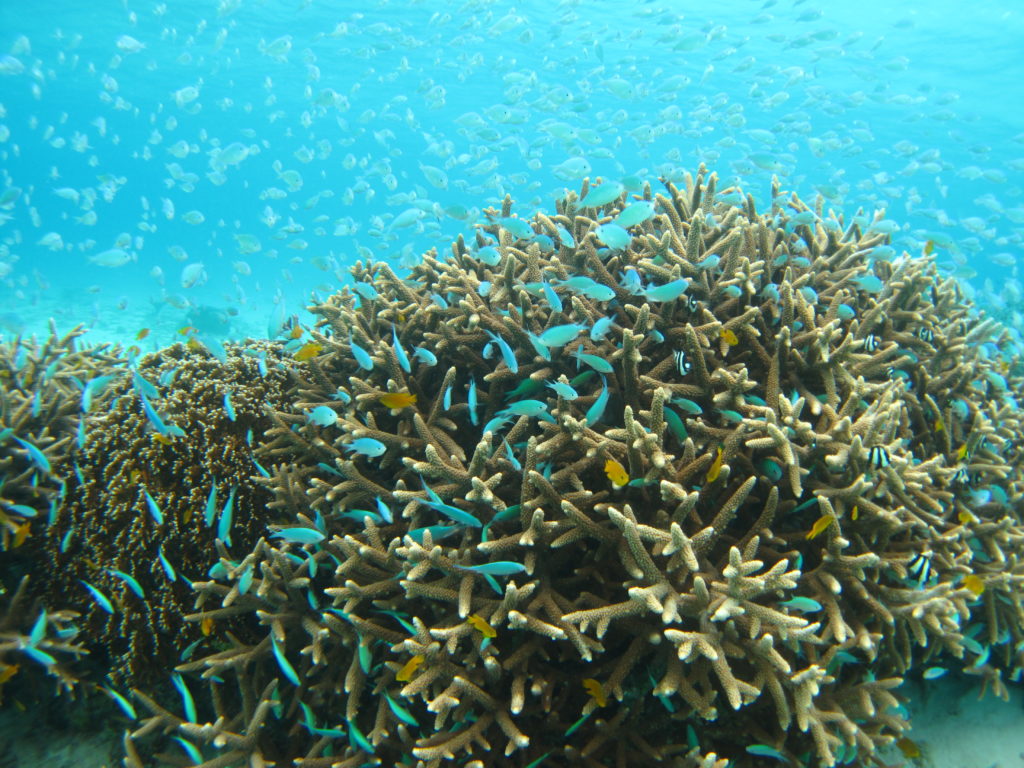
One of the most commonly seen blue fish in the shallow waters around Ishigaki Island.
Their entire bodies shimmer in lapis lazuli blue as they swim in schools around the coral reefs, a sight truly reminiscent of the tropical seas.
It's easy to observe even from the beach entry and is popular with beginners.
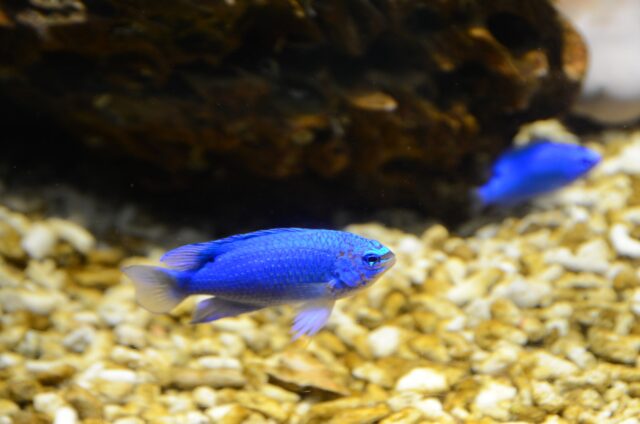
True to its name, it features a bright blue color close to sky blue, appearing especially vivid under sunlight.
This fish is commonly found in shallow waters and around coral reefs, and you'll frequently encounter it while snorkeling.

This fish is characterized by its blue body and yellow tail fin, and it is well-known among tourists.
Primarily found around coral reefs, they can sometimes be encountered in shallow waters or while snorkeling under the right conditions.
Fish species found around coral reefs
Shallow waters with aquarium-like scenery
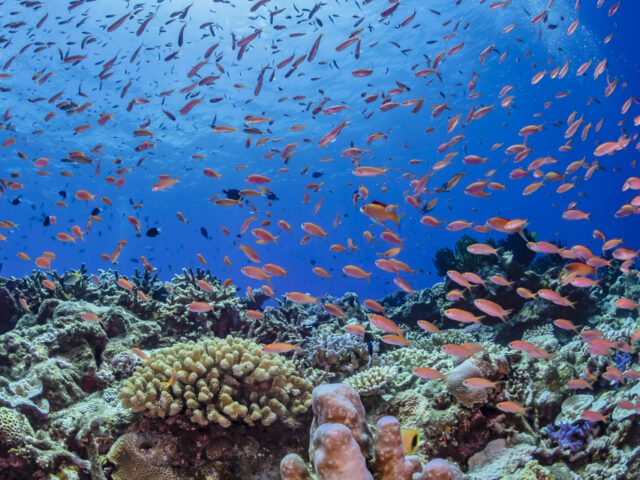
In the sea around Ishigaki Island,Many fish gather around coral reefs.There is a tendency.
In areas where coral is scattered even in shallow waters, an aquarium-like scene unfolds.
Fish commonly seen around coral reefs include clownfish, butterflyfish, lionfish, and bannerfish, and they're popular as photogenic fish too☆
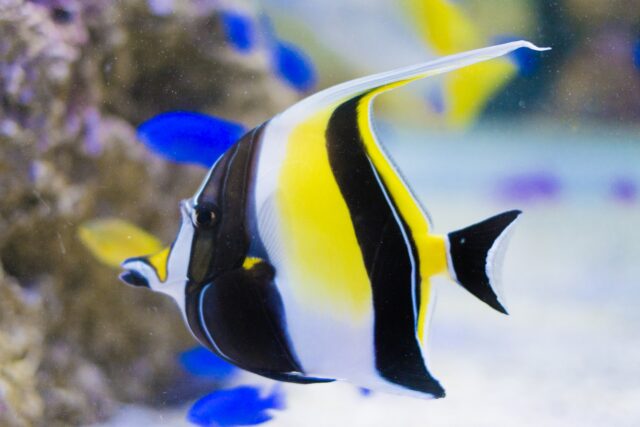
The beautiful contrast of white, black, and yellow, along with its long, elongated dorsal fin, are its defining features.
They are often seen swimming around coral reefs, either alone or in pairs.

Its black-and-white stripes and flag-like dorsal fin are its distinguishing features.
They sometimes form schools in relatively shallow areas around coral reefs and are popular as photogenic fish.
Fish found in rocky areas and seaweed beds
Species that excel at mimicry
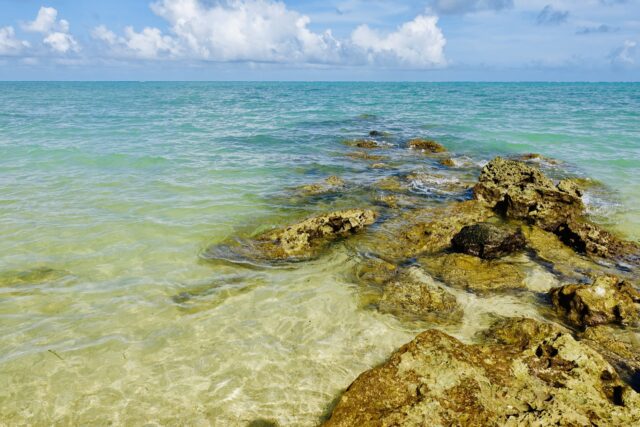
In rocky areas and seaweed beds, you can encounter fish different from those found in coral reefs.
Date goby, old man, porcupinefish, etc.,Fish that blend into rocks and sandy areasis characterized by having many.
On the other hand, scorpionfish and goatfish, etc.Poisonous fishTherefore, it is important to observe without touching.
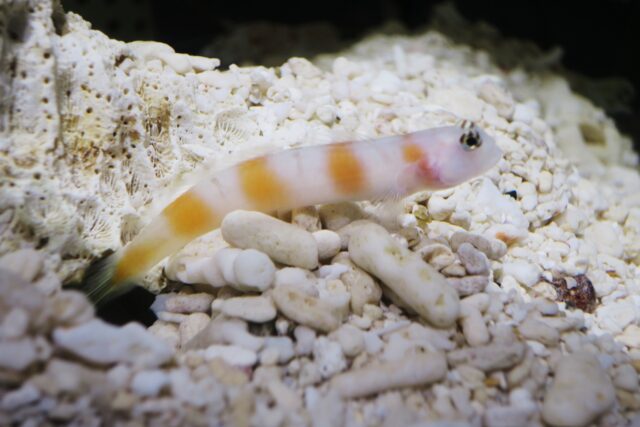
This small fish is often seen at the boundary between rocky areas and sandy bottoms.
They often remain motionless in rock crevices or on sand, quickly hiding when approached.
This fish can be observed even in shallow waters and is easy for snorkeling beginners to spot.

As its name suggests, this fish is characterized by the beard-like protrusions around its mouth.
They swim around rocky areas searching for food, and can be observed pecking at the sand.
They are relatively friendly and can sometimes be seen up close.
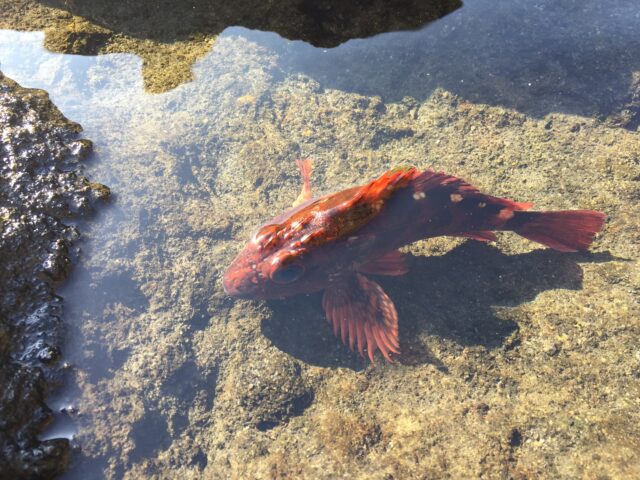
This fish has a body color that blends in with rocks and is skilled at camouflage.
They usually stay hidden in rock crevices, so it's easy to overlook them, but if you look closely, you'll notice their presence.
They can also be seen on rocky areas in shallow waters.

Its long, spreading fins and distinctive silhouette are its defining features.
It swims slowly around rocky areas and is popular as a photogenic fish due to its striking appearance.
Since it has poisonous thorns, observe it without touching.
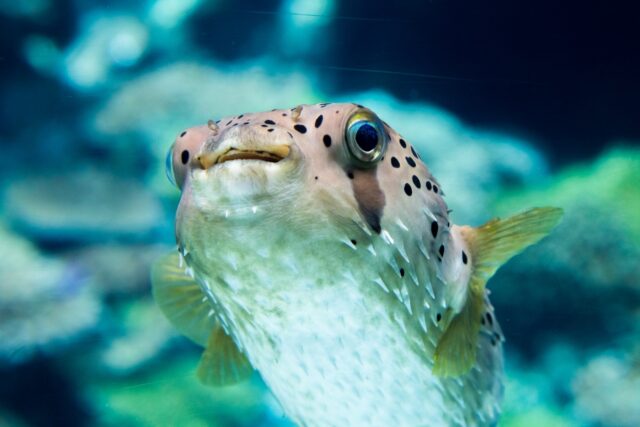
This fish is notable for its round body and large eyes, and can be found in rocky areas and seaweed beds.
They are known to inflate their bodies when startled, but in nature, they can be observed swimming leisurely.
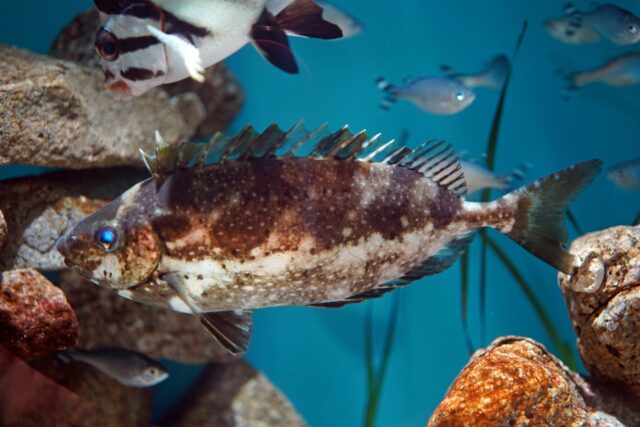
This fish tends to gather in areas with abundant seaweed.
Juveniles can also be seen in shallow waters and sometimes swim in schools. Since their dorsal fins have venomous spines, it's essential to keep your distance and avoid touching them.
How to Enjoy Ishigaki Island's Fish
A way to learn through experience, not just by watching
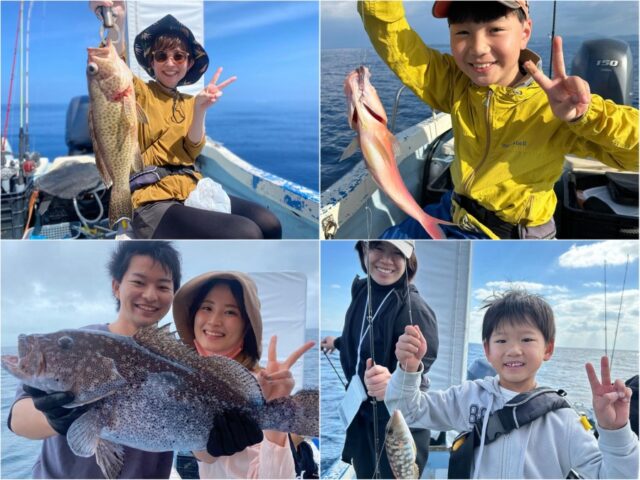
The appeal of Ishigaki Island's fish extends far beyond simply observing them in shallow waters or at the beach.
As an experience of actually interacting with fish,Fishing is also a way to enjoy learning about fish!
Fishing may seem difficult, but on Ishigaki Island, there are options tailored for tourists.Fishing experiences accessible even to beginnersis available♪
All tools and bait are provided, and participants can learn about fish species and characteristics while experiencing the activity, making it easy to incorporate as an extension of fish observation.
Sometimes you can catch the same species of fish you saw in the shallows,"The fish I'd been watching turned out to be this shape and size after all."and deepens your understanding.
If you want to observe fish on Ishigaki Island
Snorkeling is recommended
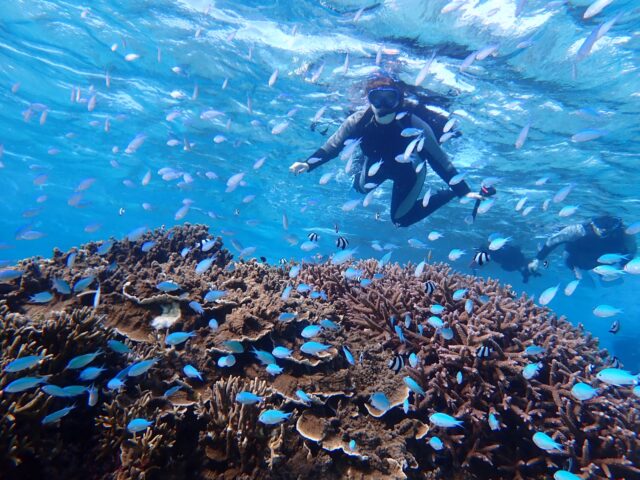
If you want to observe fish on Ishigaki Island,Snorkeling is the most recommended activity.'It's good to be here'
No special qualifications or advanced skills are required,You can see many fish up close even from shallow waters or beaches.is the appeal of this product.
For those wishing to enjoy "Ishigaki Island Fish Snorkeling," it's safest to start in shallow waters with safety as your top priority.
▼Recommended Snorkeling Tours▼
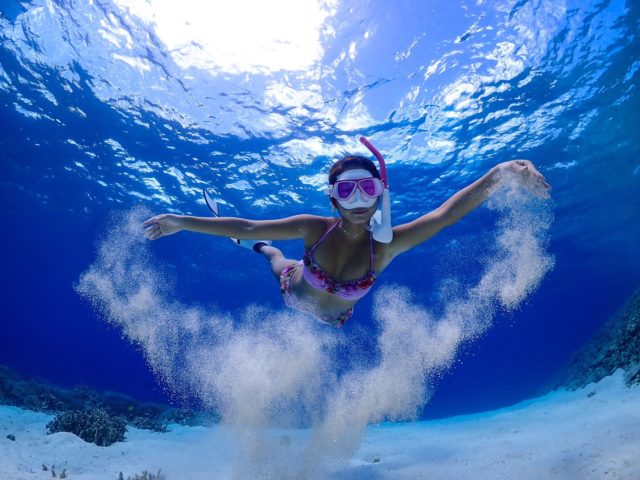 Ishigaki Island Snorkeling (Snorkel) Tour Enjoy colorful corals, tropical fish, blue caves, and various other snorkeling attractions on the world-famous Ishigaki Island! (Total 91 items) アクティビティの詳細を見る
Ishigaki Island Snorkeling (Snorkel) Tour Enjoy colorful corals, tropical fish, blue caves, and various other snorkeling attractions on the world-famous Ishigaki Island! (Total 91 items) アクティビティの詳細を見る
No worries for beginners
How to Enjoy Fishing and Experience Fish on Ishigaki Island
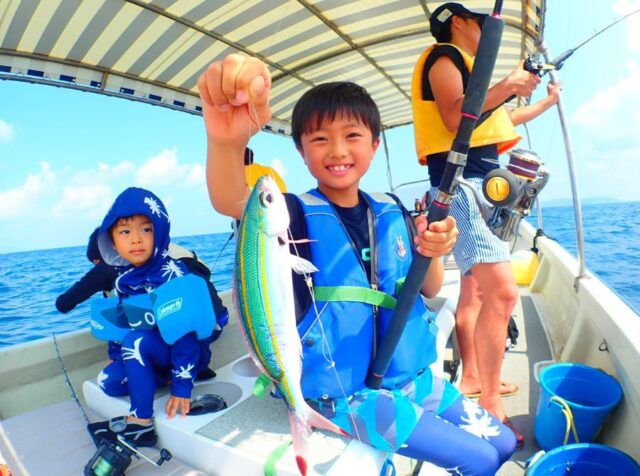
Fishing experiences on Ishigaki Island are designed to be enjoyable even without advanced skills or experience.
Just like fish watching and snorkeling,Join us for an easygoing experience to learn about the fish in the sea☆
Staff will assist you with preparing the rig and baiting the hook,Perfect for first-time anglers and family trips with children.
The appeal of Ishigaki Island's unique fishing experience lies not just in seeing fish, but in learning through hands-on experience "what kinds of fish inhabit what kinds of places."
▼Click here for our ocean adventure plan where you can experience fish up close▼
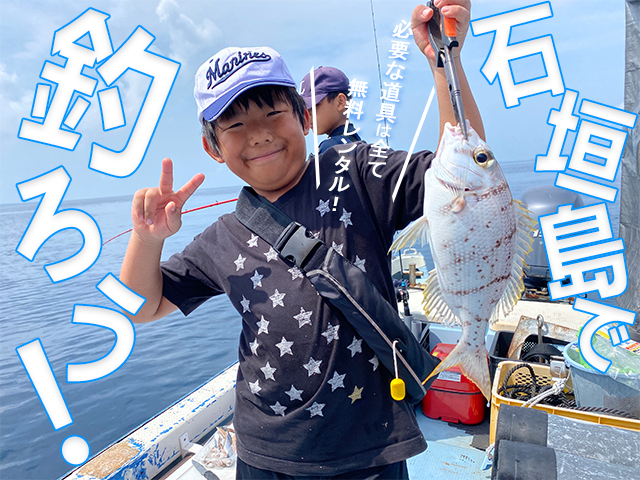 Ishigaki Island Sea Fishing and Boat Fishing Experience Tour Small children and first-timers are welcome☆ Let's experience fishing in Ishigaki Island! The sea of "Ishigaki Island", the center of the Yaeyama Islands, is blessed with a mild climate unique to the subtropical zone, so you can catch a lot more fish than expected! Moreover, beginners and children can enjoy fishing together [...]. (29 total) アクティビティの詳細を見る
Ishigaki Island Sea Fishing and Boat Fishing Experience Tour Small children and first-timers are welcome☆ Let's experience fishing in Ishigaki Island! The sea of "Ishigaki Island", the center of the Yaeyama Islands, is blessed with a mild climate unique to the subtropical zone, so you can catch a lot more fish than expected! Moreover, beginners and children can enjoy fishing together [...]. (29 total) アクティビティの詳細を見る
Characteristics of Beaches Where You Can See Fish in Ishigaki Island
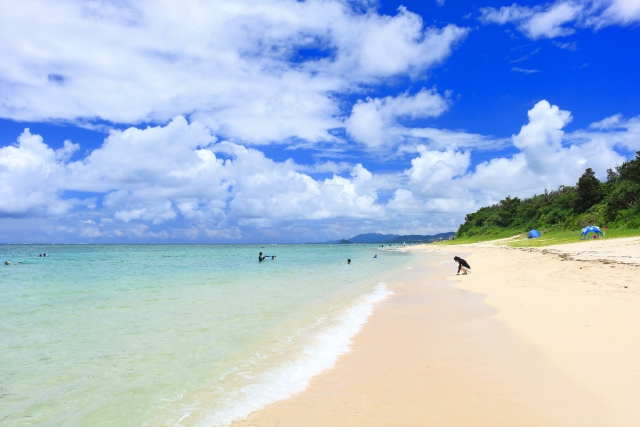
Beaches where fish are commonly seen share a common trait.
Areas dotted with coral and rocks, and zones abundant in seaweed, tend to become hiding spots and feeding grounds for fish.An environment where fish gather easilyIt is.
As a representative beach where these conditions are met,Yonehara Beachand ... andSukuji BeachThese include:
Additionally, since the view changes with the tides, it's important to be mindful of the time of day.
Yonehara Beach
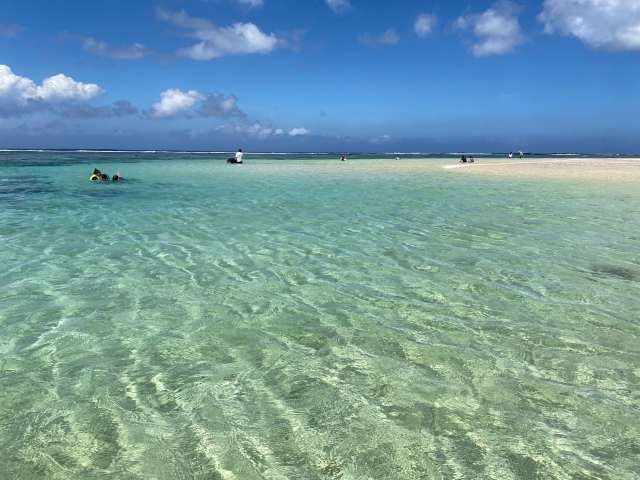
Yonehara Beach features expanses of coral and rocks in its shallow waters,A beach famous for its clear waters where fish are easily visibleÂ
On days when the waves are calm, you can observe colorful fish just by peering into the water from the beach.
Even beginners and those with children,A spot where you can enjoy fish watching with relative peace of mindIt's ☆.
Access: 30 minutes by car from Shin-Ishigaki Airport
◆Parking: Available
◆Facilities: Restrooms, Showers, Gift Shop, Rental Items
Sukuji Beach
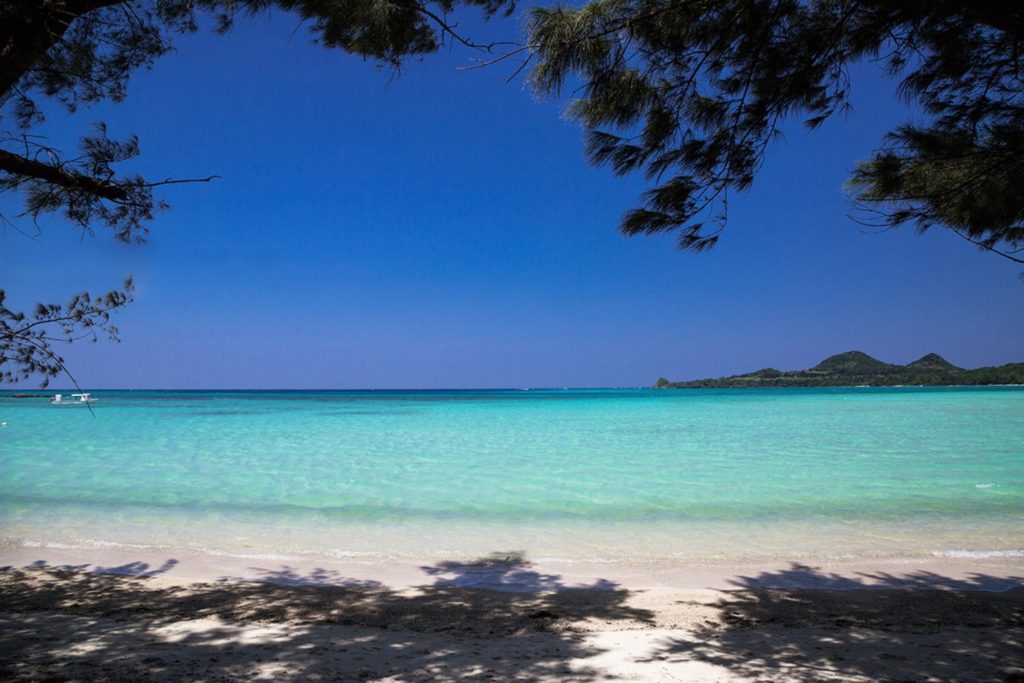
Soko Beach features a gently sloping shoreline with expansive sandy areas,A beach where you can leisurely enjoy watching fishIt is.
In some areas, rocks and seaweed are scattered about, and you may encounter small fish or schools of fish swimming together.
Not too many tourists,Ideal for those seeking a calm atmosphere.
◆Access: Approximately 40 minutes by car from New Ishigaki Airport
◆Parking: Available
◆Facilities: Restrooms, Showers, Convenience Store
Carefully selected by our Ishigaki Island-based staff!
▼Recommended Snorkeling Spots on Ishigaki Island▼
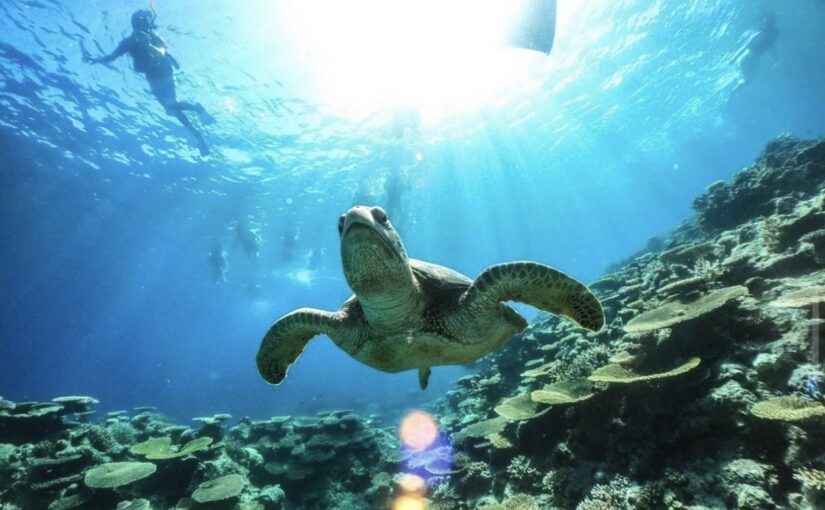 21 recommended snorkeling spots in Ishigaki Island! Carefully selected by our Ishigaki Island resident staff!Ishigaki Island is surrounded by beautiful ocean. There are various snorkeling points on the island from famous beaches to unnamed shores! We provide a comprehensive guide to recommended beaches!
21 recommended snorkeling spots in Ishigaki Island! Carefully selected by our Ishigaki Island resident staff!Ishigaki Island is surrounded by beautiful ocean. There are various snorkeling points on the island from famous beaches to unnamed shores! We provide a comprehensive guide to recommended beaches!
The fish of Ishigaki Island become even more diverse when diving
Difference from shallow water
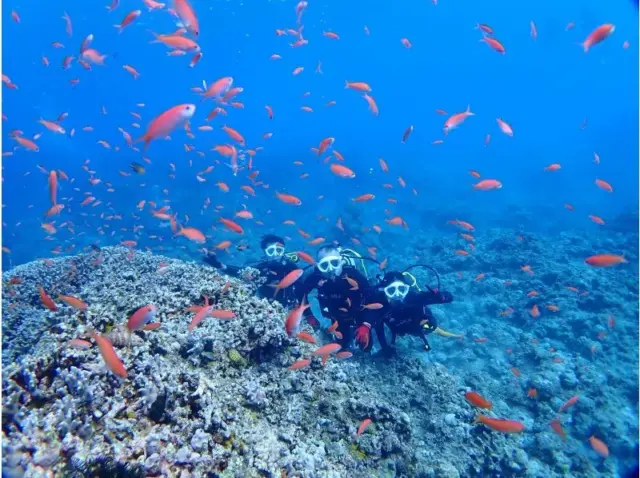
Diving allows you to encounter fish not found in shallow waters as you descend to greater depths.
migratory fish and large fish,A powerful sightThe charm of Ishigaki Island Fish Diving is that you can enjoy it.
▼See our recommended diving tours here▼
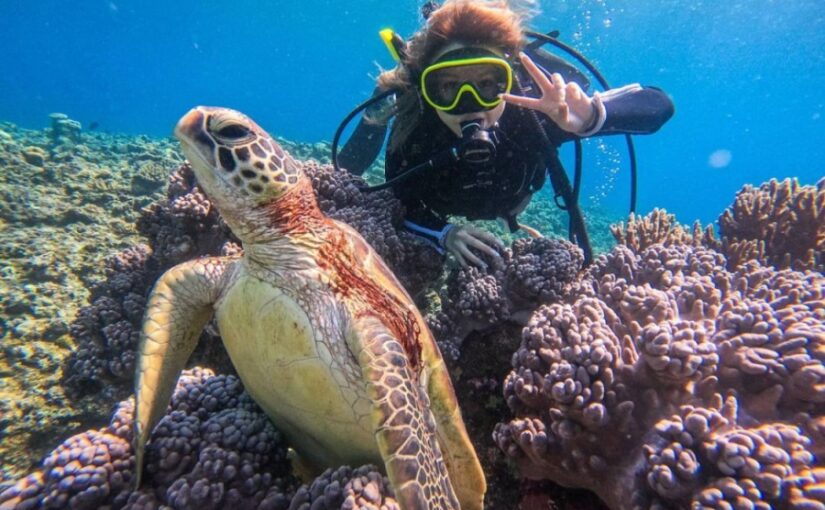 Ishigaki Island Diving and Scuba Diving Tours We offer diving tours to enjoy the sea of Ishigaki Island, which is reputed to be the best diving spot in Japan! Once you dive into the ocean, it is a natural aquarium! (46 total) アクティビティの詳細を見る
Ishigaki Island Diving and Scuba Diving Tours We offer diving tours to enjoy the sea of Ishigaki Island, which is reputed to be the best diving spot in Japan! Once you dive into the ocean, it is a natural aquarium! (46 total) アクティビティの詳細を見る The Ultimate Guide to Diving in Ishigaki Island☆
▼Recommended Columns Here▼
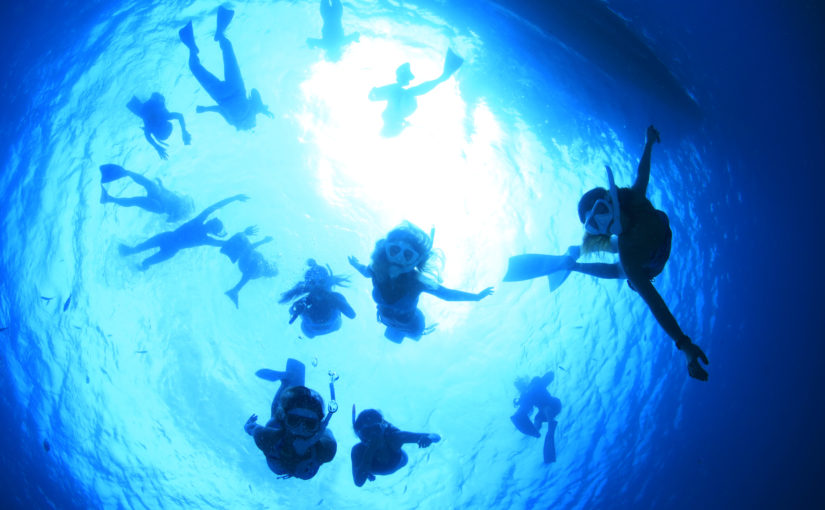 About Experience Diving in Ishigaki Island! Introducing the creatures you can see during the diving experience!Contents1 What is Experience Diving? 2 Recommended Experience Diving Tours in Ishigaki Island2.1 ①Landing on Phantom Island & Experience Diving Tour2.2 ②Go to Manta Point! Experience Diving Tour 2.3 ③Half Day Diving Tour 2.4 ④Takegaki Island Experience Diving Tour 2.5 Experience Diving Tour 2.4 ④Taketomi Island Sightseeing Tour with [...]
About Experience Diving in Ishigaki Island! Introducing the creatures you can see during the diving experience!Contents1 What is Experience Diving? 2 Recommended Experience Diving Tours in Ishigaki Island2.1 ①Landing on Phantom Island & Experience Diving Tour2.2 ②Go to Manta Point! Experience Diving Tour 2.3 ③Half Day Diving Tour 2.4 ④Takegaki Island Experience Diving Tour 2.5 Experience Diving Tour 2.4 ④Taketomi Island Sightseeing Tour with [...]
Not just for looking
You can enjoy Ishigaki Island's fish at izakayas and as sashimi.
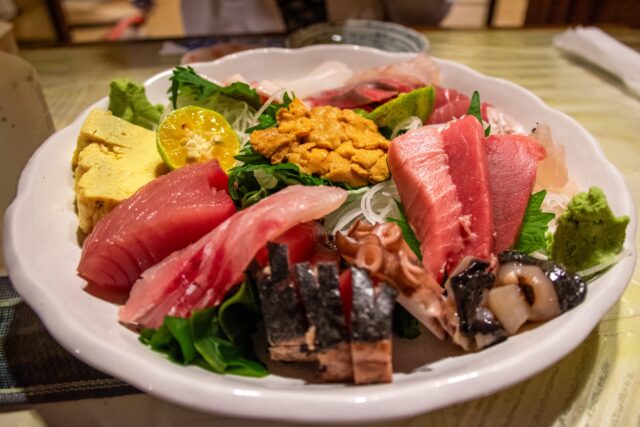
On Ishigaki Island,The charm of enjoying fish as part of culinary culture after seeing them in the seaThere are also♪
At Ishigaki Island's fish izakaya, a wide variety of dishes made with fresh local fish are served.
Fresh local fish is best enjoyed as sashimi.
At izakayas, the types of fish often change daily, so if you order the "Today's Recommendations" or a sashimi platter,Ishigaki Island Sashimi VarietiesYou can enjoy a wide variety of things.
Hitoshi Main Store
For those who wish to savor local fish dishes on Ishigaki IslandThe popular izakaya is "Hitoshi Main Store"It is.
caught in nearby watersSashimi and sushi made with fresh fish are renownedAnd you can enjoy the delicious fish unique to Ishigaki Island♪
It is popular not only with tourists but also with locals,For those who want to savor Ishigaki Island's fish through its cuisineThis is our store.
◆Access: IshigakiApprox. 15 min. walk from the remote island terminal
◆Business Hours: Mon, Tue, Thu, Fri, Sat, Sun / 5:00 PM – 11:30 PM (Last Order: 10:30 PM)
◆Closed: Wednesday
◆Note: Cash payments only
Ajima Store
Ajima Store is,A casual izakaya where you can easily enjoy fresh local fish from Ishigaki IslandIt's a popular shop☆
Featuring dishes made with ingredients unique to the island, including sashimi and grilled fish,An atmosphere that's welcoming to touristsis appealing.
The fish I saw in the sea around Ishigaki Island,Recommended for those who want to enjoy foodThis is our store.
◆Access: About a 5-minute walk from Ishigaki Remote Islands Terminal
◆Business Hours: Monday–Sunday / 5:00 PM – 11:00 PM(Last food order at 10:00 PM, last drink order at 10:30 PM)
Closed: No regular holidays
The fish of Ishigaki Island are also a delight to eat.
See, Experience, Savor the Charm
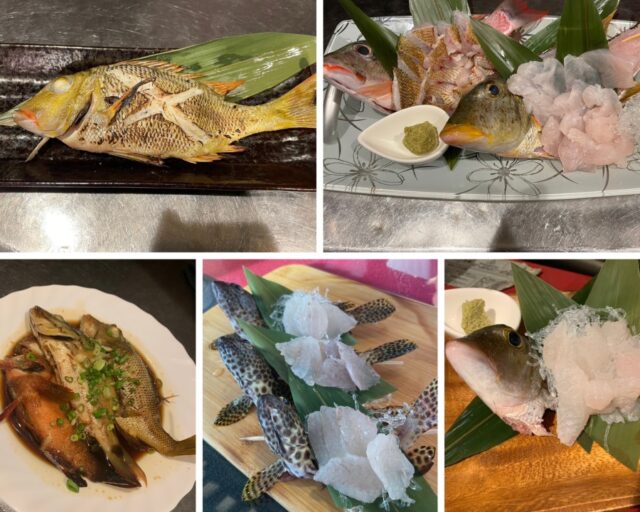
On Ishigaki Island,The fact that you can enjoy the fish you see in the sea as part of your culinary culture is also a major attraction.It's ☆.
Discovering the actual taste of fish encountered in shallow waters or while snorkeling deepens your travel memories♪
Some fishing experiences include plans where you can have your catch cooked for you.You can enjoy the flow of "Seeing, Experiencing, and Eating" all in one day.
Cooking caught fish is possible◎
▼Recommended Plans▼
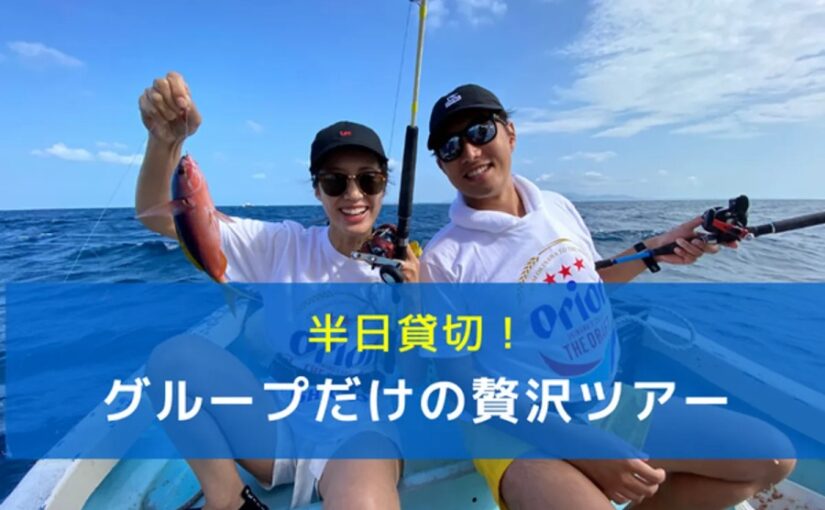 Ishigaki Island/Half-day Charter] Have a veteran captain with 10 years of experience as a fishing guide all to yourself! Private Fishing Half Day Charter Tour [Cooking Available at Izakaya] (No.359)開始時間8:00-11:30/ 12:30-16:30所要時間Approx. 3.5 hours100,000 yen
Ishigaki Island/Half-day Charter] Have a veteran captain with 10 years of experience as a fishing guide all to yourself! Private Fishing Half Day Charter Tour [Cooking Available at Izakaya] (No.359)開始時間8:00-11:30/ 12:30-16:30所要時間Approx. 3.5 hours100,000 yen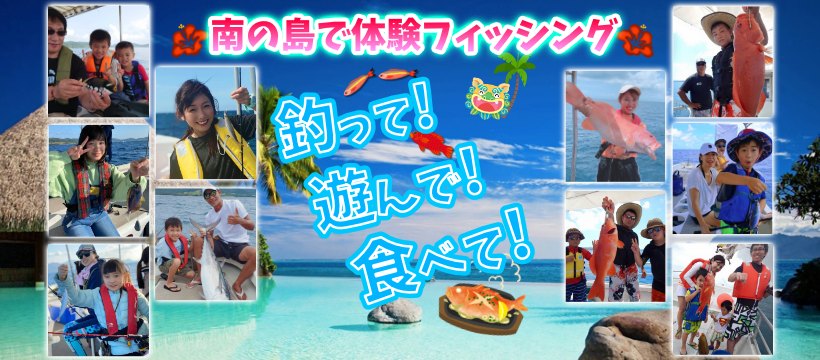 Ishigaki Island / Fishing] We can handle anything! Charter a boat for a half-day course Beginners welcome♪ (No.393)開始時間8:00-12:00 / 13:00-17:00所要時間Approx. 4 hours45,000 yen
Ishigaki Island / Fishing] We can handle anything! Charter a boat for a half-day course Beginners welcome♪ (No.393)開始時間8:00-12:00 / 13:00-17:00所要時間Approx. 4 hours45,000 yen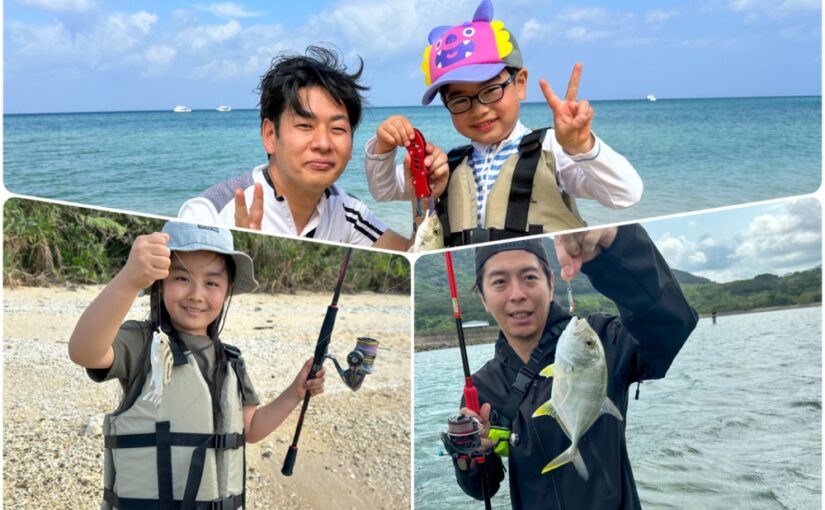 Special Winter SALE [Ishigaki Island/Land Fishing] Beginners and children are welcome ★No need to worry about seasickness! Easy Light Fishing Tour《Photo Data Included & Cooking Available at Izakaya (No.409)開始時間8:00-10:30 / 12:00-14:30 / 15:30-18:00所要時間Approximately 2 hours and 30 minutes8,000 yen
Special Winter SALE [Ishigaki Island/Land Fishing] Beginners and children are welcome ★No need to worry about seasickness! Easy Light Fishing Tour《Photo Data Included & Cooking Available at Izakaya (No.409)開始時間8:00-10:30 / 12:00-14:30 / 15:30-18:00所要時間Approximately 2 hours and 30 minutes8,000 yen
Points to Note and Etiquette for Viewing Fish in Ishigaki Island
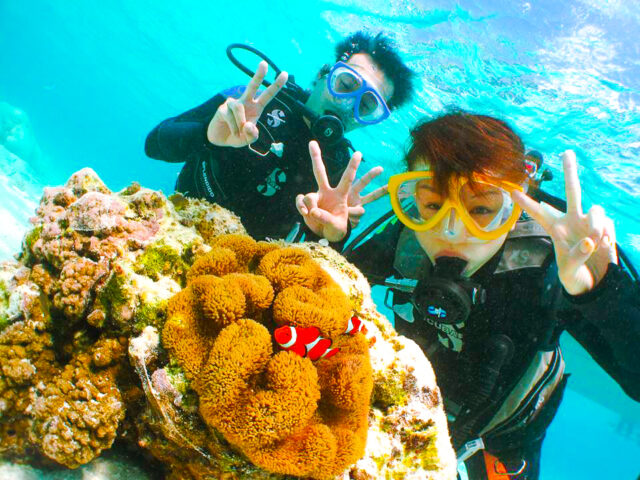
To protect our beautiful ocean,It is important not to touch the fish or feed them.It is.
Be careful not to step on the coral in shallow waters,Wear a life jacketThis will enhance safety.
Check the weather and sea conditions, and enjoy yourself within reasonable limits.
Frequently Asked Questions (FAQ) About Fish Observation on Ishigaki Island
Generally speaking,morningThe water is clearer and the fish swim more actively, making it easier to observe them.
On days with particularly light winds, you can see many fish even in shallow waters.
Yes, on Ishigaki Island, the beach...Shallow waterBut you can see many fish.
With a mask and goggles, simply peering underwater is plenty of fun.
Choose a beach with calm waves,life jacketWearing this allows you to enjoy fish observation relatively safely even with children in tow.
We recommend focusing on shallow areas and not pushing yourself too hard.
summary
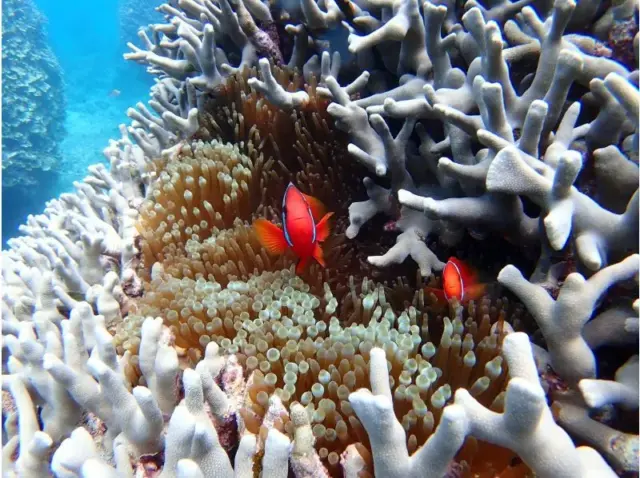
The waters around Ishigaki Island offer a captivating environment where you can observe many fish even in shallow areas and near beaches.
The allure of Ishigaki Island's fish extends from snorkeling and diving to its culinary culture.extremely profoundThere is something.
While cherishing nature, enjoy encounters with fish unique to Ishigaki Island.
▼Related Columns▼
 15 Fishing Spots on Ishigaki Island! Introducing points only locals know!Contents1 What is fishing like in Ishigaki Island? 2 Characteristics of fishing you can enjoy in Ishigaki Island3 15 fishing spots in Ishigaki Island3.1 ① Near Mibai Farm in Yashima3.2 ② Near Shinkawa Fishing Port (Ishigaki Fishing Port) 3.3 ③ Hamasaki Arena 3.4 ④ Iharuma Bay 3.5 ⑤ Southern [...].
15 Fishing Spots on Ishigaki Island! Introducing points only locals know!Contents1 What is fishing like in Ishigaki Island? 2 Characteristics of fishing you can enjoy in Ishigaki Island3 15 fishing spots in Ishigaki Island3.1 ① Near Mibai Farm in Yashima3.2 ② Near Shinkawa Fishing Port (Ishigaki Fishing Port) 3.3 ③ Hamasaki Arena 3.4 ④ Iharuma Bay 3.5 ⑤ Southern [...].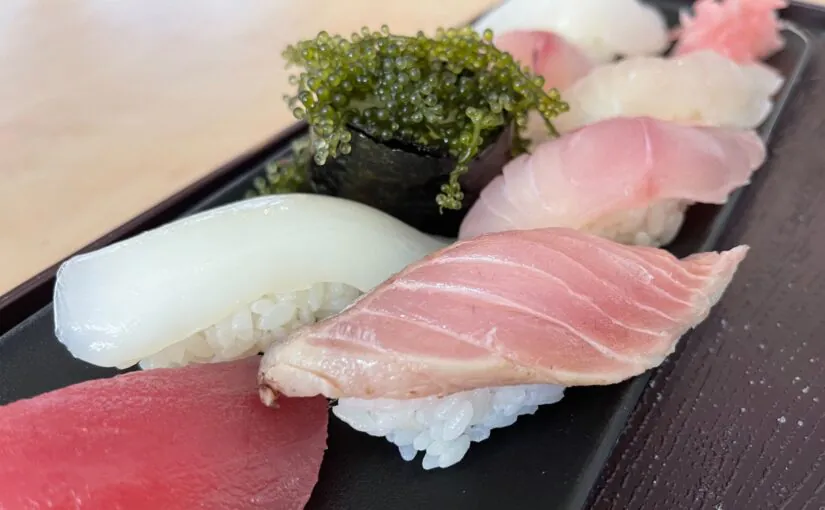 Taste the best sushi in Ishigaki Island! Thorough guide from local fish to popular restaurants!Contents1 Let's enjoy excellent sushi in Ishigaki Island2 What is the charm of sushi in Ishigaki Island? 2.1 Ishigaki Island's bounty of fresh seafood2.2 Sushi culture loved by both tourists and locals2.3 A wide range of styles from conveyor-belt sushi to high-end restaurants2.4 Meat is still [...].
Taste the best sushi in Ishigaki Island! Thorough guide from local fish to popular restaurants!Contents1 Let's enjoy excellent sushi in Ishigaki Island2 What is the charm of sushi in Ishigaki Island? 2.1 Ishigaki Island's bounty of fresh seafood2.2 Sushi culture loved by both tourists and locals2.3 A wide range of styles from conveyor-belt sushi to high-end restaurants2.4 Meat is still [...].



